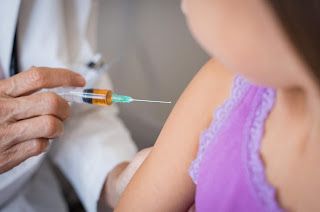Wash your hands with soap and clean water for at least 20 seconds. Clean the back of the hands, all around and between the fingers and even under the nails. Dry your hands off well using a clean towel or hand dryer. The Center for Disease Control says to remember the five steps of “wet, lather, scrub, rinse and dry.” There are 4 principles of hand awareness that are endorsed by the American Medical Association and the American Academy of Family Physicians. These are:
- Wash your hands when dirty and before eating
- Don’t cough into your hands
- Don’t sneeze into your hands (sneezing is like a mini hurricane that blows germs everywhere)
- Don’t put your fingers into your eyes, nose or mouth
The CDC reports that only 31 percent of men and 65 percent of women wash their hands after being in a public restroom. Gross! We know what you’re doing in there. Please wash your hands afterward, even if you must stand in front of the hand dryer that you don’t like for a couple of minutes. Handwashing prevents many illnesses, including influenza, which brings me to our next topic.
What is influenza, which is commonly called the flu? The CDC states that it is a “contagious respiratory illness caused by influenza viruses that infect the nose, throat, and sometimes the lungs. It can cause mild to severe illness, and at times can lead to death. The best way to prevent flu is by getting a flu vaccine each year.” The flu is spread by tiny droplets when people that already have the flu end up coughing, sneezing or talking and the droplets land in our mouths or noses. It can also be spread by touching an object or surface that has the flu virus on it and then touching our mouth or nose.
What are some of the differences between the cold and flu? The flu is always worse. With the flu, there may be an abrupt onset with fever, severe aches and pains, chills, chest discomfort, sometimes severe cough, and headache. A cold is much milder with a gradual onset, rare fever, perhaps some aches and pains, sneezing, sometimes coughing, stuffy nose, and sore throat.
Complications associated with the flu can be life-threatening especially for people at high risk. This includes people over 65 years of age, anyone with a chronic medical condition (like diabetes, heart disease, asthma), children younger than 5 years old, and pregnant women.
The flu shot is available everywhere and is covered by health insurance. Make sure to get one to help protect yourself, your loved ones, work buddies, and anyone else with whom you come in contact. We are a global community and prevention is always the gold standard.
As we dive into the cold Michigan months, that also contain a few major holidays, PTI wishes you and yours happy holidays and best of health!
https://www.cdc.gov/flu/resource-center/nivw/index.htm








